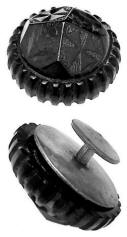 Preface: The purpose of this section is to provide background,
discussion and visual examples of links
and studs as defined in Div IV, Section 6 in the NBS Classification Guide1
(Blue Book). In the past, studs and links were
assigned separate Division IV sections in the Blue Book. This separation was most likely created to simplify
competition definitions and was arbitrarily based on the mechanical features
for attachment to the garment. Links were button-like objects with movable
parts and studs were button-like objects with a rigid post or rod attached to a
foot that had no movable or separable parts. The current Blue Book brings
links and studs into a single section to better facilitate an understanding
of their history and
usage. The classes assigned facilitate competition as before or in a manner
more attuned to usage of the studs and links.
Preface: The purpose of this section is to provide background,
discussion and visual examples of links
and studs as defined in Div IV, Section 6 in the NBS Classification Guide1
(Blue Book). In the past, studs and links were
assigned separate Division IV sections in the Blue Book. This separation was most likely created to simplify
competition definitions and was arbitrarily based on the mechanical features
for attachment to the garment. Links were button-like objects with movable
parts and studs were button-like objects with a rigid post or rod attached to a
foot that had no movable or separable parts. The current Blue Book brings
links and studs into a single section to better facilitate an understanding
of their history and
usage. The classes assigned facilitate competition as before or in a manner
more attuned to usage of the studs and links.Discussion: The origin of links and studs is hard to pin down but probably occurred by the end of 17th century. Their invention was one branch in the evolution of the common button. Since links and studs require button holes for attachment, and, since buttons existed as ornaments and trim
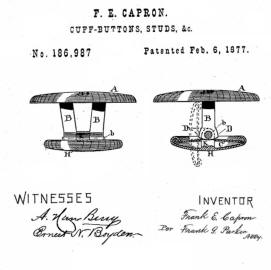 long before the introduction of the button hole, it is easy to infer that links
and studs were invented as a type of improvement on buttons
after buttons became functional for securing garments. The most obvious
improvement is the ability of links and studs to function as a closure device
without having to sew them to the garment. Thus, they were easily removed to
prevent theft and to prevent damage when cleaning the clothing. Also important
was the ability to use the same links and studs on a wide variety of garments. This might have
been very important to men or women who did not have the means to purchase
nice buttons for each vest, shirt, or shirtwaist. For the price of
additional button holes, a nice set of links or studs could be worn on many
garments. One reason for their fall from popularity is the change in
fashions from ornamental buttons and trim to inexpensive, machine installed
buttons that required no special care. Cuff links and shirt studs are still
worn today by men wishing to make a fashion statement with their tuxedo or
French cuff shirt. Spurred by the industrial revolution, hundreds of
inventions were patented, starting in the late 1870s, that added clever
mechanical devices to links and studs to ease their installation on stiff
collars, shirts, and cuffs. These mechanical wonders included springs,
levers, hinges, cams, snaps, prongs, wings, and the like.
A sample of the patents granted for these
inventions, including the actual mechanisms, can be seen by clicking on the
1877 Capron patent image to the left.
long before the introduction of the button hole, it is easy to infer that links
and studs were invented as a type of improvement on buttons
after buttons became functional for securing garments. The most obvious
improvement is the ability of links and studs to function as a closure device
without having to sew them to the garment. Thus, they were easily removed to
prevent theft and to prevent damage when cleaning the clothing. Also important
was the ability to use the same links and studs on a wide variety of garments. This might have
been very important to men or women who did not have the means to purchase
nice buttons for each vest, shirt, or shirtwaist. For the price of
additional button holes, a nice set of links or studs could be worn on many
garments. One reason for their fall from popularity is the change in
fashions from ornamental buttons and trim to inexpensive, machine installed
buttons that required no special care. Cuff links and shirt studs are still
worn today by men wishing to make a fashion statement with their tuxedo or
French cuff shirt. Spurred by the industrial revolution, hundreds of
inventions were patented, starting in the late 1870s, that added clever
mechanical devices to links and studs to ease their installation on stiff
collars, shirts, and cuffs. These mechanical wonders included springs,
levers, hinges, cams, snaps, prongs, wings, and the like.
A sample of the patents granted for these
inventions, including the actual mechanisms, can be seen by clicking on the
1877 Capron patent image to the left.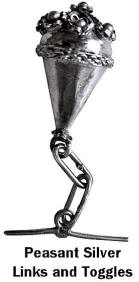 While definitions are blurry, collectors have generally considered links to
be non-separable such as the earliest button-links in the form of two
buttons connected together with cord or leather and later with wire or metal
chain type links. The two linked buttons may have been the same or different
in size and design. Their earliest use in Europe was for fastening collars
and in Scandinavia, for example, button-links predated the use of buttons
for fastening clothes. Toggles, which are buttons with a chain attached to
the shank and a bar-like device attached to the other end of the chain, were
also used as early clothes fasteners. They were probably in use in Spain by
1700. Cuff links may be one or more pieces and may be
separable or
non-separable. Like cuff links, studs come in the form of one or more pieces
and may be separable or non-separable.
Click on the image at the right to see further information and examples of
early peasant silver button-links, toggles, and studs2.
While definitions are blurry, collectors have generally considered links to
be non-separable such as the earliest button-links in the form of two
buttons connected together with cord or leather and later with wire or metal
chain type links. The two linked buttons may have been the same or different
in size and design. Their earliest use in Europe was for fastening collars
and in Scandinavia, for example, button-links predated the use of buttons
for fastening clothes. Toggles, which are buttons with a chain attached to
the shank and a bar-like device attached to the other end of the chain, were
also used as early clothes fasteners. They were probably in use in Spain by
1700. Cuff links may be one or more pieces and may be
separable or
non-separable. Like cuff links, studs come in the form of one or more pieces
and may be separable or non-separable.
Click on the image at the right to see further information and examples of
early peasant silver button-links, toggles, and studs2.The Blue Book now classifies links and studs into two main categories - back types and other design features. Back types include 6-1.1, Non-separable (includes linked buttons, toggles, and other mechanisms with moveable parts), 6-1.2, Rigid post (no moveable parts), 6-1.3, Separable (includes spring/lever or snap mechanisms for separating the front and back), and 6-1.4, Spiral wire shanks. In terms of other design features, links and studs can b
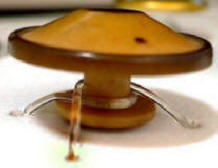 e
found with almost every possibility found in our buttons with the obvious
exception of the sew-on feature of buttons. Material types will include
glass, ceramics, enamel, metals, natural materials, and synthetic polymers.
Construction techniques may including cast, molded, carved, and
others. Characteristics such as decorative finish (DF), other material
embellishment (OME), and shapes will be the same as for Division I, III, and
IX buttons. Class 6-2 allows and supports writing awards that focus on
specific characteristics such as those above. See the footnote at the end of
the Div IV listing in the Blue Book.
e
found with almost every possibility found in our buttons with the obvious
exception of the sew-on feature of buttons. Material types will include
glass, ceramics, enamel, metals, natural materials, and synthetic polymers.
Construction techniques may including cast, molded, carved, and
others. Characteristics such as decorative finish (DF), other material
embellishment (OME), and shapes will be the same as for Division I, III, and
IX buttons. Class 6-2 allows and supports writing awards that focus on
specific characteristics such as those above. See the footnote at the end of
the Div IV listing in the Blue Book. The image to the left shows an alternate mounting technique for studs. Using modern elastic cord, this technique allows safe and easy mounting of the studs to the card and does so in a way that allows direct viewing of the post, foot, operating mechanism and back mark without removing the stud from the card. The links at the bottom of this page lead to more information on the mounting process along with access to more information on peasant silver links and toggles and links patents.
Hover your mouse over the images below to see the back of
the links/studs
|
|||
| 6-1.1 Non-separable (includes linked-buttons, toggles, other mechanisms with moveable parts) | |||
Links and Toggles |
|||
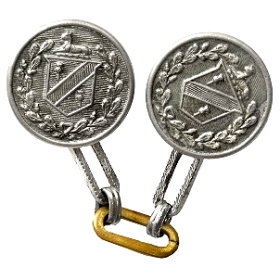 6-1.1 Linked Buttons - (7/8") White metal with one brass link BM "J R Gaunt & Son. Inc. New York" |
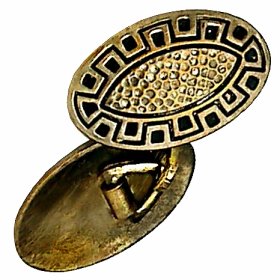 6-1.1 Linked Buttons - (7/8") Brass with non-button shank - Paint DF |
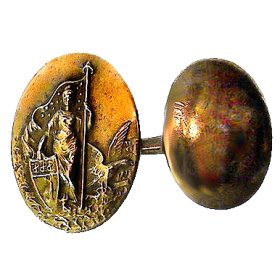 6-1.1 Linked Buttons - (3/4") Brass with single bar link |
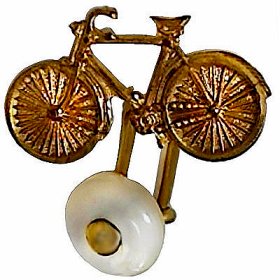 6-1.1 Linked Buttons - (3/4") Brass and pin shank shell - Realistic Shape |
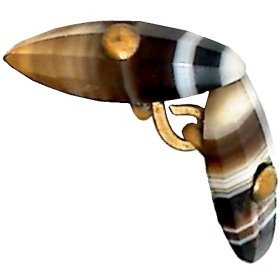 6-1.1 Linked Buttons - (3/4") Agate with pin shank |
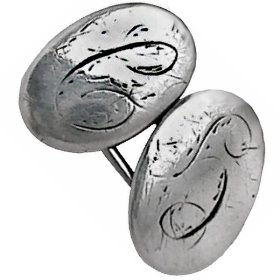 6-1.1 Linked Buttons - (7/8") Silver - Monogram |
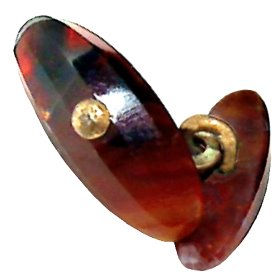 6-1.1 Linked Buttons - (3/4") Onyx with pin shank |
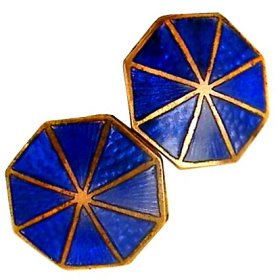 6-1.1 Linked Buttons - (3/4") Enamel - Basse-taille |
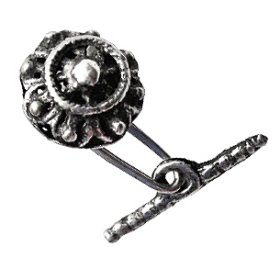 6-1.1 Toggle - (1/2") Typical Spanish peasant silver toggle circa mid 1800s |
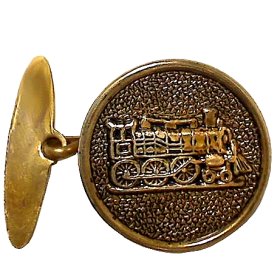 6-1.1 Toggle - (3/4") Brass - Pictorial |
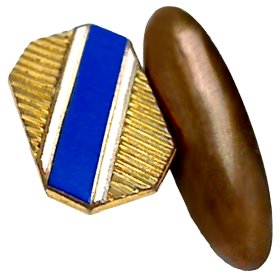 6-1.1 Toggle - (7/8") Brass/Enamel with copper toggle BM "Patent 356446 - Made in England" |
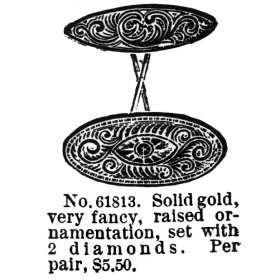 Click here for links/studs patent info |
Hinged Foot |
|||
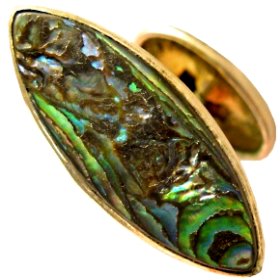 6-1.1 Hinged Foot (7/8") Abalone in brass |
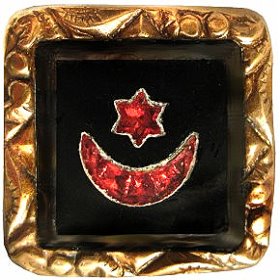 6-1.1 Hinged Foot (7/8") Black Glass with precision inlay |
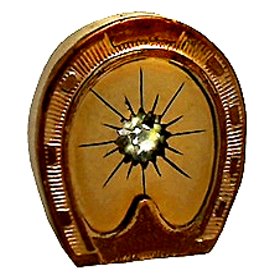 6-1.1 Hinged Foot (3/4") Brass with paste OME BM "PAT. AUG.24. 1880 |
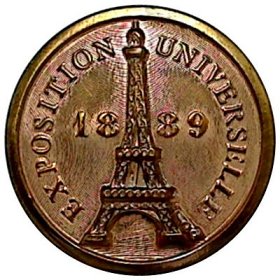 6-1.1 Hinged Foot (7/8") Brass |
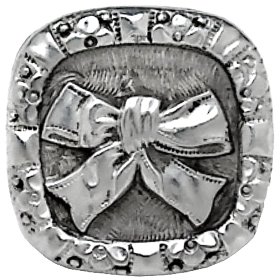 6-1.1 Hinged Foot (3/4") Silver |
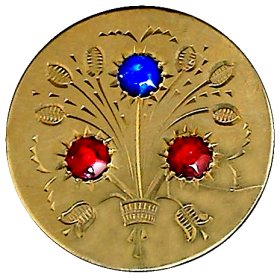 6-1.1 Hinged Foot (3/4") Brass with paste OME BM - A flower in a horseshoe |
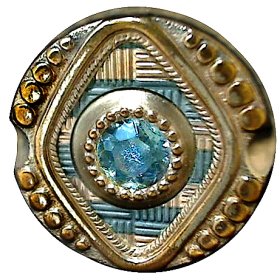 6-1.1 Hinged Foot (3/4") Brass with tint DF and paste OME BM "?EDO" |
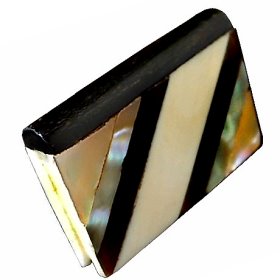 6-1.1 Hinged Foot (1 x 5/8") Celluloid with shell inlay Realistic Shape |
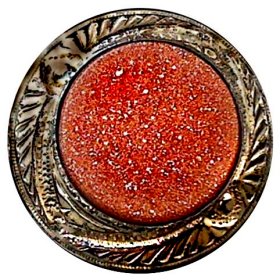 6-1.1 Hinged Foot (7/8") Goldstone in brass - BM "PAT" |
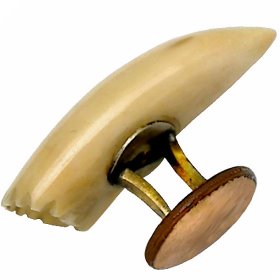 6-1.1 Hinged Foot (1 x 1/8") Ivory - Elk tooth |
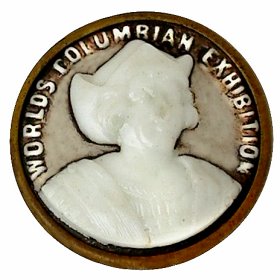 6-1.1 Hinged Foot (7/8") White Glass in brass - verbal |
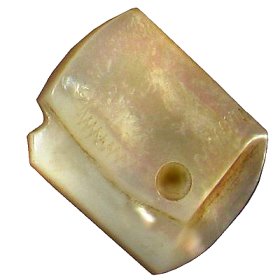 6-1.1 Hinged Foot (3/4") Shell - Realistic (cuff) |
Prongs |
|||
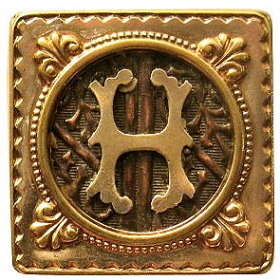 6-1.1 Rotating Wings (1") Silver - BM "PAT.NOV.??.35" |
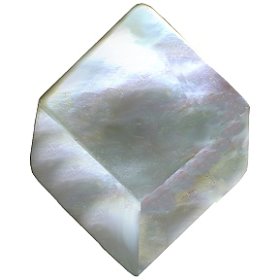 6-1.1 Wings (7/8") Shell - Linear shape |
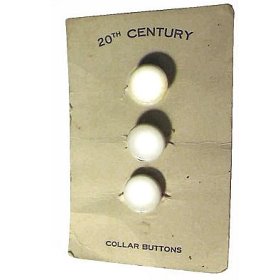 6-1.1 Stirrup Wings (1/2") Celluloid Collar Buttons |
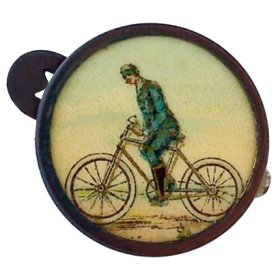 6-1.1 Finger Prongs (1") Lithograph on Celluloid BM "New York" |
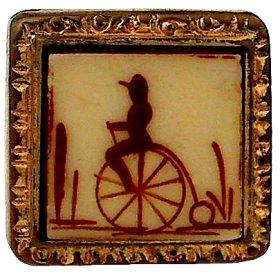 6-1.1 Finger Prongs (1") Design under glass |
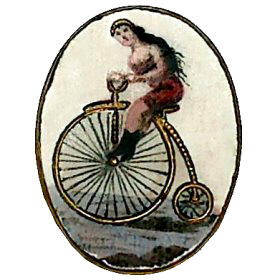 6-1.1 Hinged prongs (1-1/8 x 3/4") Hand painted enamel and gilt - BM "W&A" |
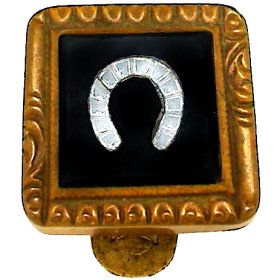 6-1.1 Finger Prongs (11/16") Precision inlay - BM is unreadable |
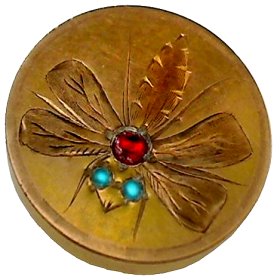 6-1.1 Finger Prongs (13/16") Brass with pastes OME |
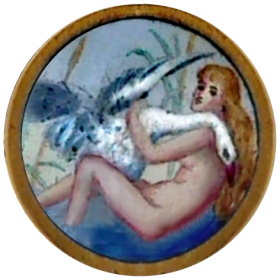 6-1.1 Hinged prongs (5/8") Design under glass Leda and the swan |
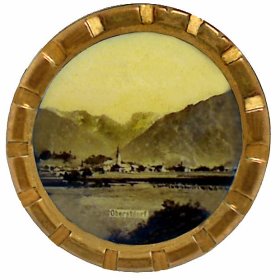 6-1.1 Hinged prongs (7/8") Lithograph in brass verbal "Oberstdorf" |
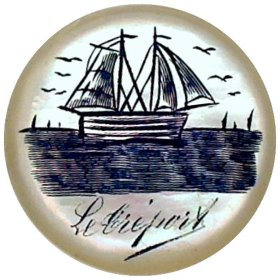 6-1.1 Stirrup prongs (3/4") Shell Engraved with dye DF |
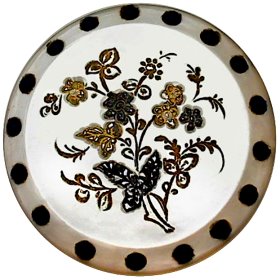 6-1.1 Stirrup prongs (1-5/8") Shell with gilding DF |
Bullet |
|||
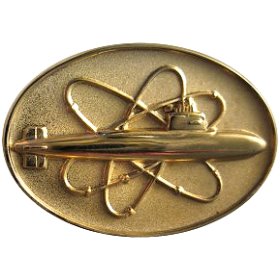 6-1.1 Bullet Toggle (7/8") Brass - BM "Haywar" |
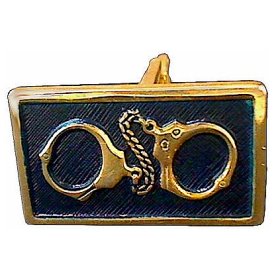 6-1.1 Bullet Toggle (1-1/8 x 7/8") Brass with cold enamel DF |
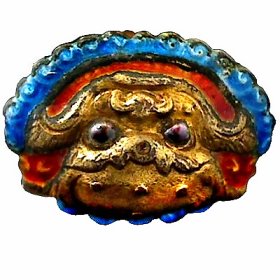 6-1.1 Bullet Toggle (1 x 3/4") Brass with paint DF |
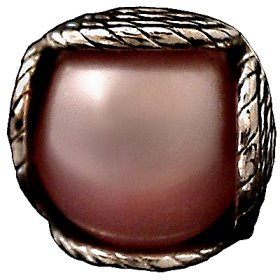 6-1.1 Bullet Toggle (1") Plastic in brass |
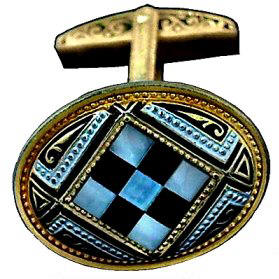 6-1.1 Bullet Toggle (7/8") Glass in metal - paint DF-Oval shape Moveable post |
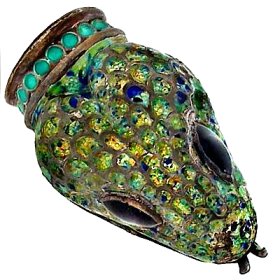 6-1.1 Bullet Toggle (1-1/4") Brass with paste OME and Paint DF Realistic shape |
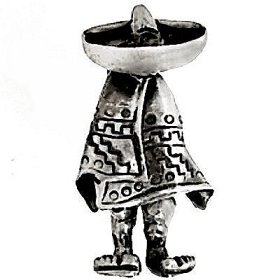 6-1.1 Bullet Toggle (1-1/8") White metal - Realistic shape |
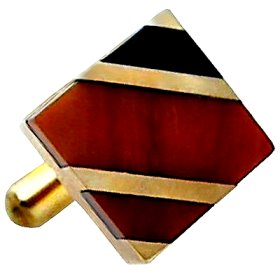 6-1.1 Bullet Toggle (7/8") Agate - BM "Austria" |
Telescope |
|||
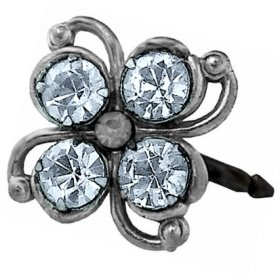 6-1.1 Telescoping (1-1/8") White metal with paste OME |
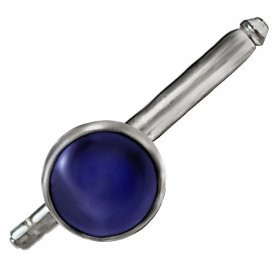 6-1.1 Telescoping (1") Glass in metal |
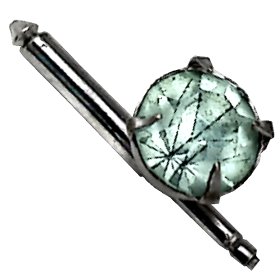 6-1.1 Telescoping (1") White metal with paste OME |
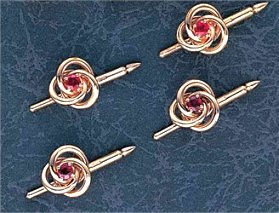 Modern Tuxedo Shirt Studs 14K with Ruby Price = $4200 (free shipping) |
Special Case |
|||
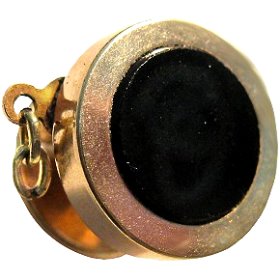 6-1.1 Hinged Foot (7/8") Black Glass in brass Pin and most of chain missing |
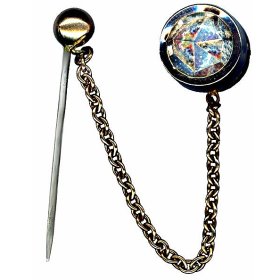 6-1.2 Stud with Chain and Pin Pin for positioning the detachable cuff and preventing loss of the stud |
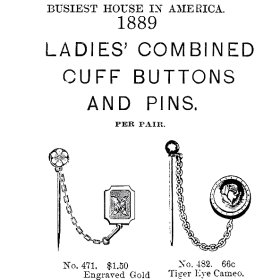 Specialty House Catalogue |
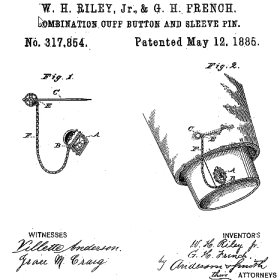 Click on image to see U.S. Patent |
|
Acknowledgements: Credits and References: |
|||